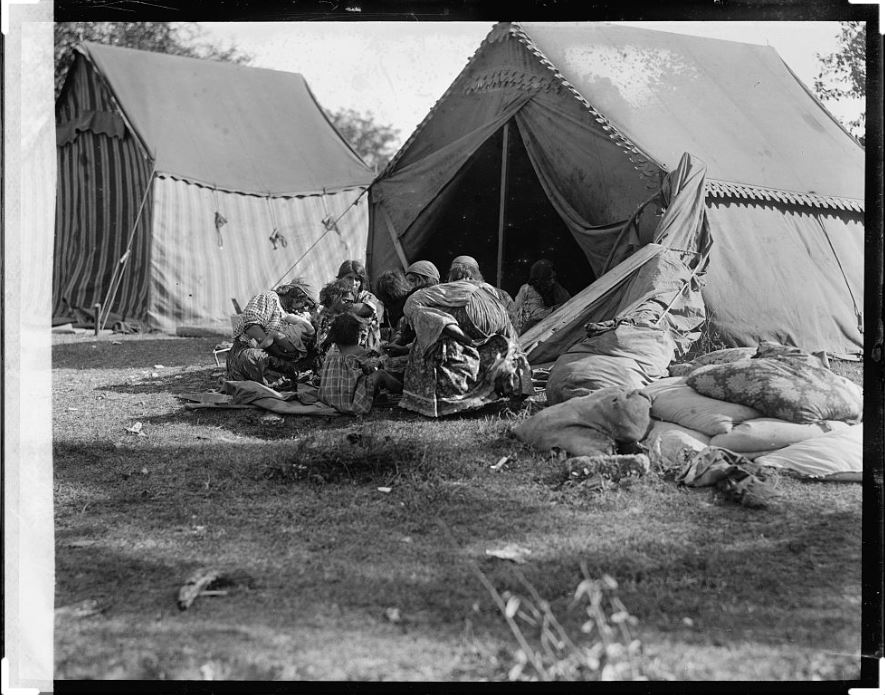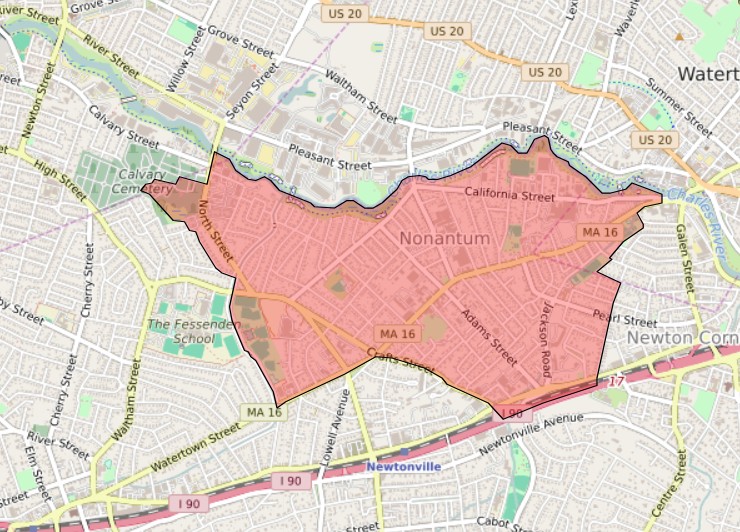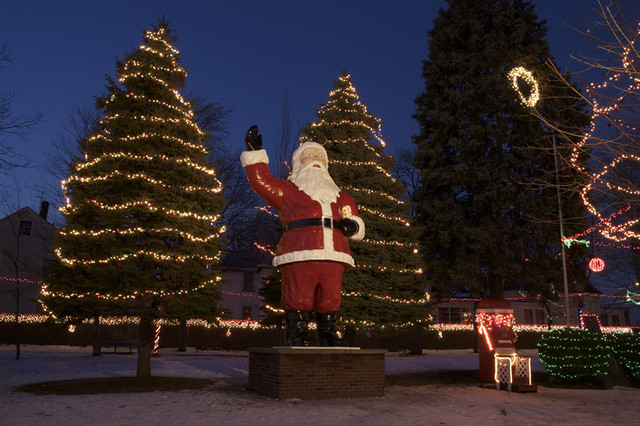 Brief History
Brief History
Newton’s Nonantum village is in the 02458 zip code, which also covers Newton Corner. Nonantum was originally farmland and forest of the Park family in the 1700s; later it became a small-farming community before shifting to industrial usage.
Starting in 1778, a paper mill was established by David Bemis on the Charles River at Bridge Street, industrial uses replaced farming, and Nonantum became a site for production of cottons, woolens, and rope. Industrial work brought Irish, French Canadian, Italian, and Jewish immigrants to the village.
Most of Nonantum’s factories closed in the early 1900s, and Silver Lake was lost to landfill and development, but Nonantum remains Newton’s most densely populated village.
The large pond known as Silver Lake was a central feature (hence the nickname “The Lake”).
Village Character & Lifestyle
Nonantum retains a strong sense of village identity: a compact, walkable neighborhood with a mix of residences, small businesses, restaurants (especially Italian-American), and local festivals.
Its architecture includes older mill-era housing and dense residential blocks, making it one of Newton’s most densely populated villages.
Perhaps the most interesting immigrant group in Nonantum was the Roma (then known as “gypsies”). This itinerant ethnic group ran carnivals and similar activities. They also brought their language, which originally comes from India. Some believe that Nonantum’s unique dialect – known as “Lake Talk” – comes in part from the Roma language.

The Italian-American cultural heritage remains visible—both in community events (like the annual St. Mary of Carmen Festival) and in everyday neighborhood character (e.g., Italian-flag street motifs).
Matt LeBlanc is Nonantum’s most famous (of recent history) citizen.
Schools & Community
Nonantum is within two elementary school attendance areas: Lincoln-Eliot Elementary School (recently renovated) or Horace Mann Elementary School Nonantum is within two middle school attendance areas: Bigelow Middle School or Day Middle School. High school students in Nonantum attend Newton North High School.
In addition to public schools, the neighborhood has a strong community network: local associations (for example, the Nonantum Neighborhood Association, the American Legion 440, the Ciociaro Social Club of Massachusetts (located in the former Nonantum library), and the St Mary of Carmen organization, focus on improving village-life, events and local engagement.
Location & Commute
 Nonantum is located in Newton, Massachusetts, near the Charles River and bordering Watertown and Waltham as well as the Newton villages of Newtonville and Nonantum. The above map would not be considered accurate by most as the area on the left is in the 02460 Newtonville zip code.
Nonantum is located in Newton, Massachusetts, near the Charles River and bordering Watertown and Waltham as well as the Newton villages of Newtonville and Nonantum. The above map would not be considered accurate by most as the area on the left is in the 02460 Newtonville zip code.
Nonantum is one of the few villages not served by the MBTA. The closest commuter rail stop is in Newtonville. Nonantum does offer good access to transit and highways, making commuting to Boston and the surrounding metro area viable. For many residents, the blend of village-scale living plus regional connectivity is a key draw.
Parks & Sites of Interest
The former site of Silver Lake is now largely built over, but the history and public space around the river corridor remain part of the neighborhood’s character.
The commercial core along Watertown Street features restaurants, cafés and local businesses making it a lively hub for the village. On this street is the Coletti-Magni Park, famous for its Christmas display, including a giant fiberglass Santa and home to the annual Holiday lighting festivities.

Historic buildings: for example, the Adams Street Shul (Congregation Agudas Achim Anshei Sfard) built in 1912 remains a cultural landmark.
Demographics & Income
This information may include Newton Corner since the two villages share a zip code.
Population is roughly 16,000
Median Income $145,453
Because Nonantum’s beginnings were industrial, it has a higher proportion of multi-family zoning and multi-family homes than other villages, somewhat comparable to Newton Upper Falls which also had it’s beginnings as a mill town style village.
Nonantum is described as a walkable, “nice neighborhood of one- and two-family homes” with vibrant business districts and family-friendly attributes.
Housing Market & Home Ownership
Median House Price – $1,187,735.
62% of homes are single-family owned homes while 38% are rentals.
The housing market is competitive: vacancy rates are very low (~1 %) indicating supply is tight.
The mix includes single-family homes, multi-unit buildings (2–4 units are prominent).
For buyers, this means prices are elevated and inventory may be limited; for sellers, the tight market and strong village appeal present favorable conditions.
The strong community, character, and walkable scale of Nonantum add premium value to local properties.
What This Means for Buyers & Sellers
Buyers:
If you are seeking a neighborhood with strong community ties, village-scale feel, local amenities, and good transit/commute, Nonantum is an excellent candidate.
Be prepared to act quickly and competitively due to limited inventory and elevated pricing.
Consider properties’ condition and maintenance, especially if older buildings—because location plus character in Nonantum count heavily.
Pay attention to multi-unit versus single-family homes: the mix in Nonantum gives different price/maintenance profiles.
Sellers:
You’re likely in a strong position: the village identity, walkable commercial center, community events and nei ghborhood history all attract buyer interest.
Highlight the unique assets: local food/restaurants, village community, proximity to commuter routes, cultural heritage (Italian-American festival, etc.).
Understand that buyers may value not just size or lot, but lifestyle and village character—so telling that story is key.
In Summary
Nonantum is a distinctive, densely-populated village within Newton that blends rich history, strong cultural identity, village-scale walkability, and access to the Boston metro region. Its transformation from a mill-worker industrial neighborhood to a high-amenity, desirable residential village has been significant. For both buyers and sellers seeking long-term value in a community-oriented, yet well-connected setting, Nonantum stands out as a compelling option. Success in this market comes from aligning with its unique character—and leveraging that in marketing or purchasing decisions.
Related Links
This listings below include Newton Corner because it is not possible to break out villages that share a zipcode. For clarification, the streets in Nonantum are:
- Adams St
- Adams Ct
- Adams Ter
- Allison St
- Bacon St
- Beech St
- Bridge St
- Burton Ave
- California St
- Capital St
- Carleton St
- Chandler St
- Channing St
- Chapel St
- Charlesbank Rd
- Colonial St
- Cook St
- Cottage Ct
- Crescent Sq
- Dalby St
- Emerald St
- Emerson St
- Faxon St
- Fayette Pl
- Fayette St
- Gardner St
- Green Ct
- Green St
- Hawthorne St
- Hovey St
- Jackson St
- Jackson Ter
- Jassett St
- Jewett St
- Jones Ct
- Lenglen Rd
- Linwood Ave
- Lincoln St
- Los Angeles St
- Lyons Ct
- Melbourne Ave
- Middle St
- Murphy Ct
- Nonantum Place
- North St
- Pond Ave
- Potter St
- Quirk Ct
- Riverdale Ave
- Riverwalk
- Rockland St
- Rustic St
- School St
- Silver Lake Ave
- Peabody St
- Pearl St
- Thornton St
- Waban St
- West St
- Wilshire St
Watertown St runs through Nonantum.
This content is currently unavailable. Please check back later or contact the site's support team for more information.
